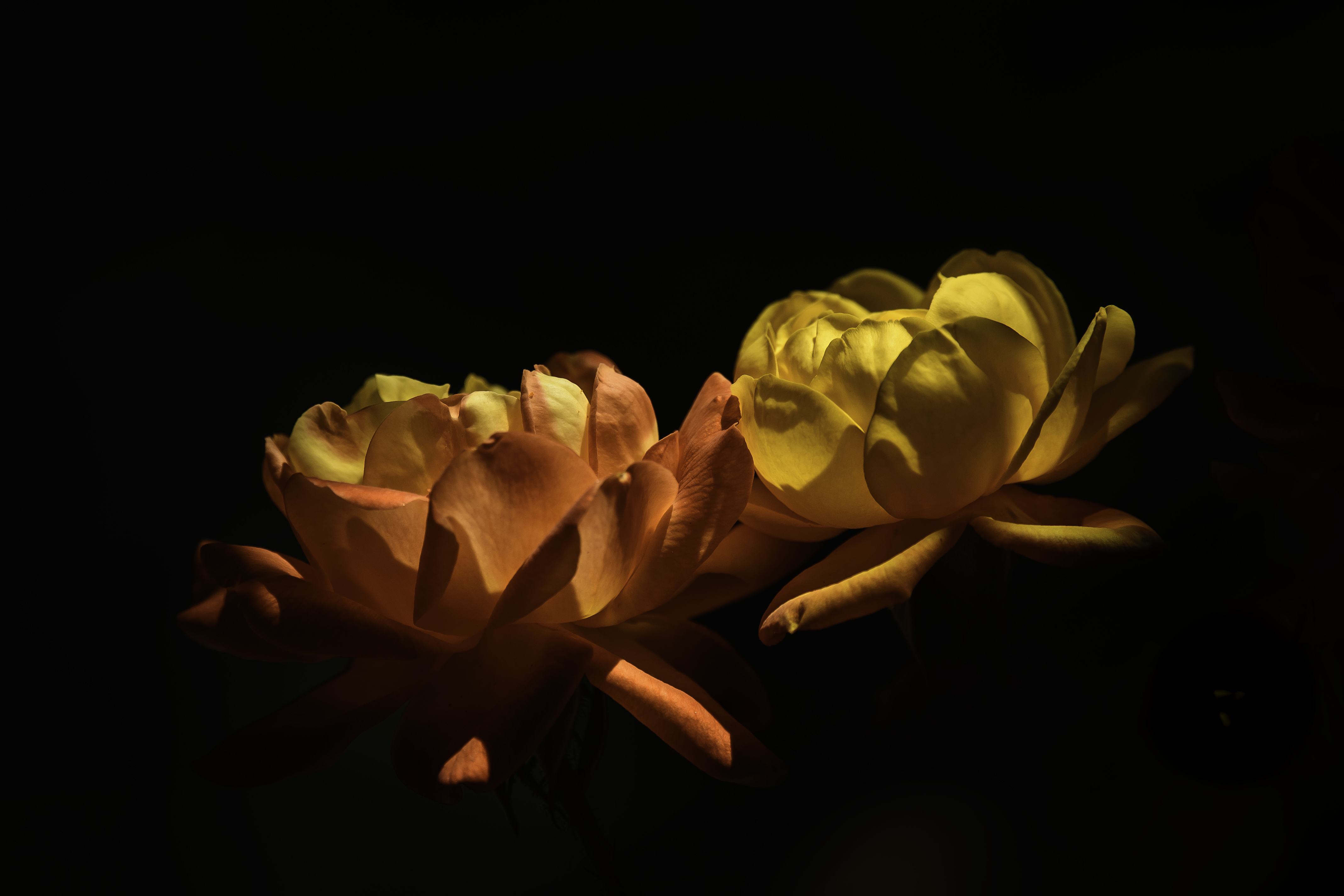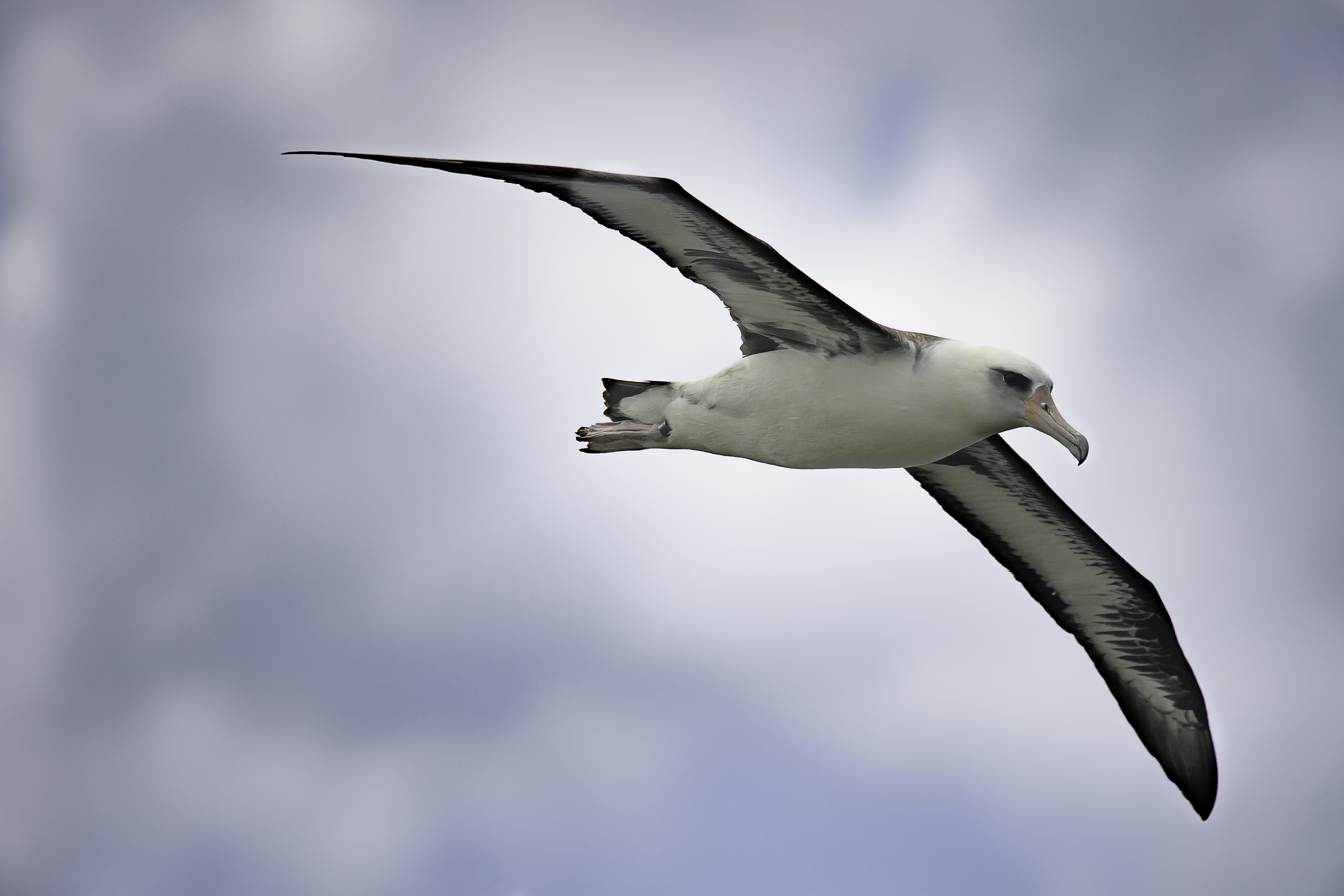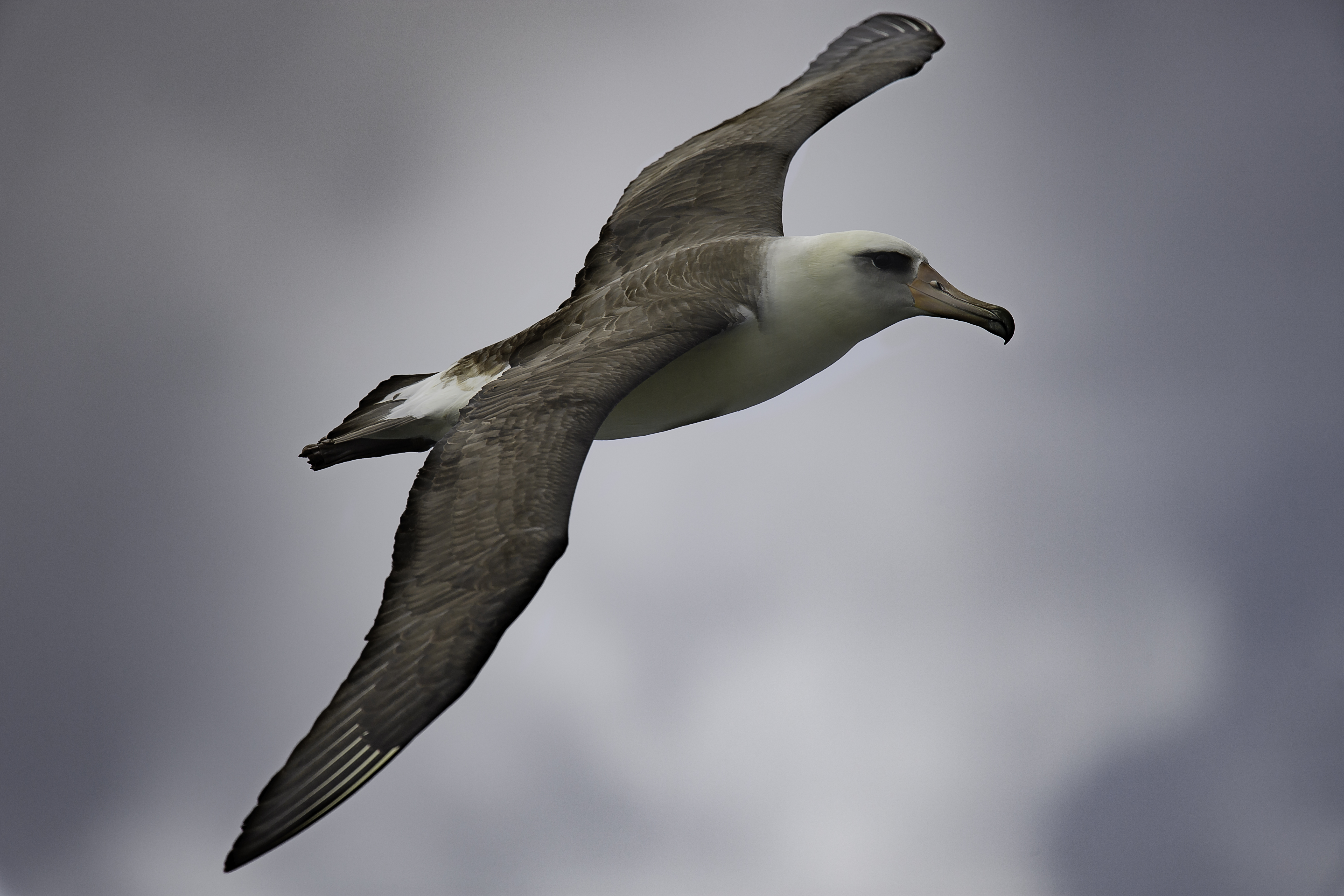Seeing and photographing Western Bluebirds in the Blue Mountains of Oregon made my trip. My favorite photographs from that wildlife adventure were of the Western Bluebird. They are so colorful and we were lucky to have very overcast light that helped saturate the colors of the birds.
The pair of birds we photographed were constantly busy ferrying food back to the nest but occasionally, they rested on a twig jutting up from the meadow. And, when the female landed by the male with a mouthful of something, the male reverted to “kid mode” and begged for some of the food she had in her beak. The female wasn’t fooled, however. She never shared anything with the male. The male came up short and she flew with the food back to the nest cavity.



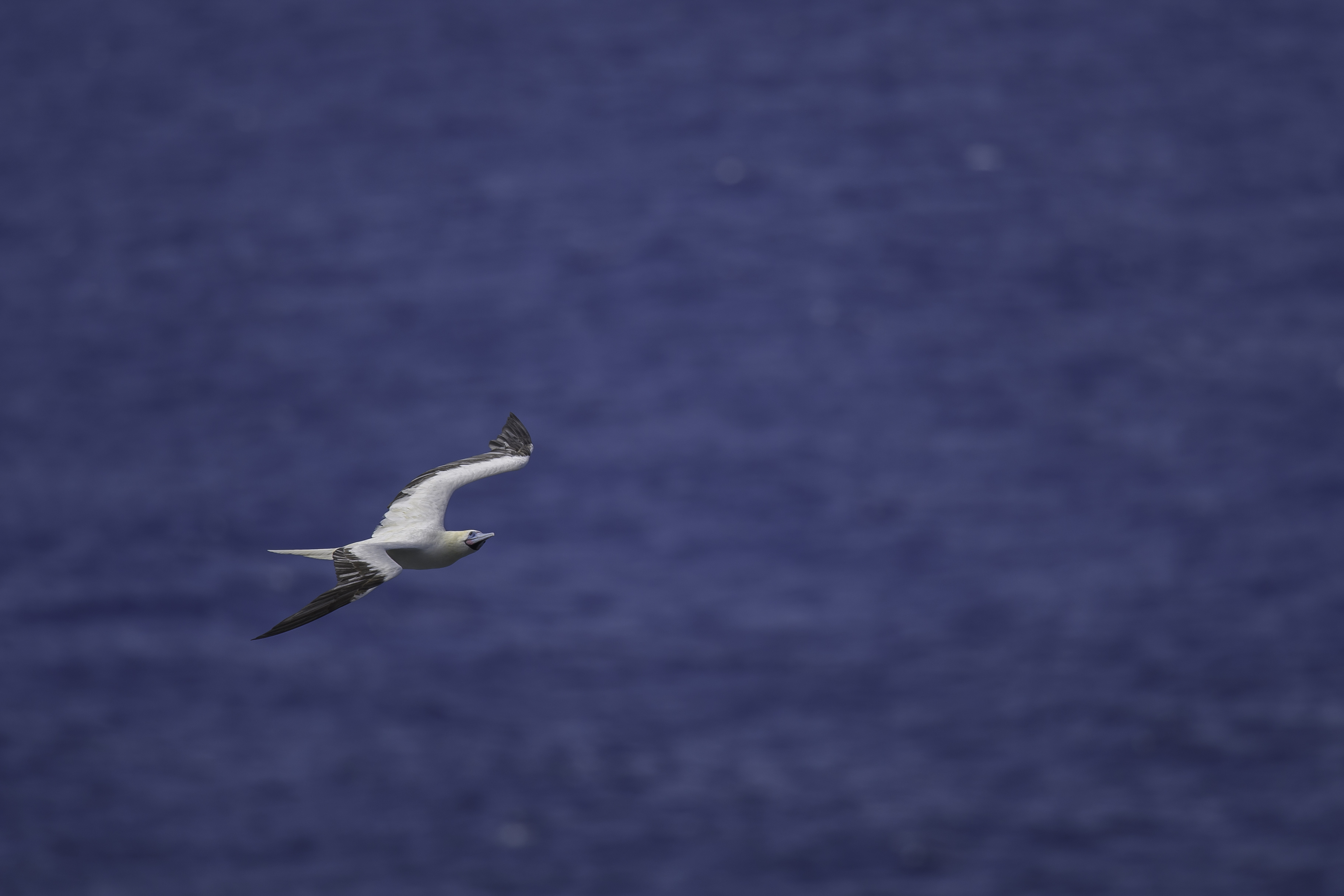

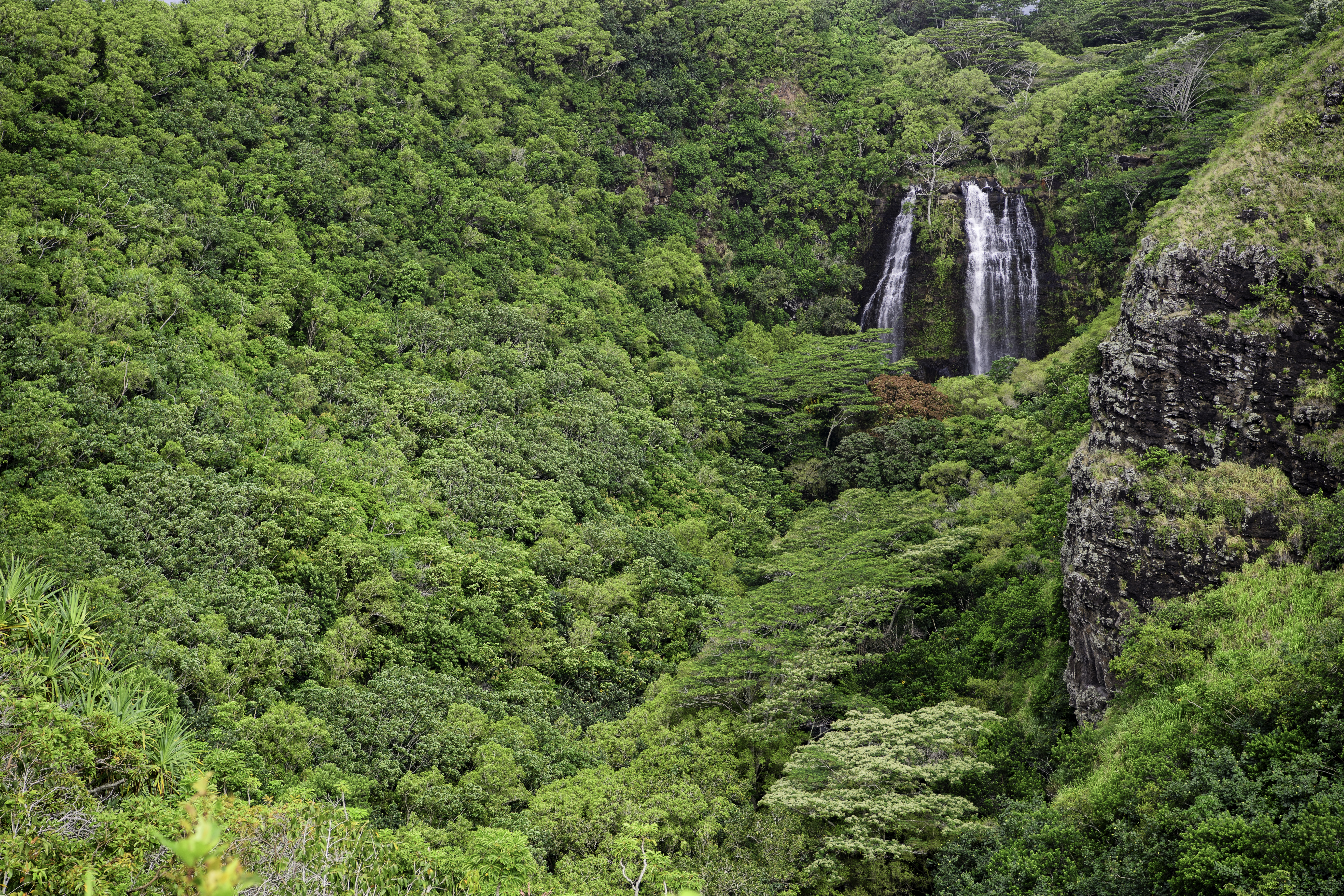



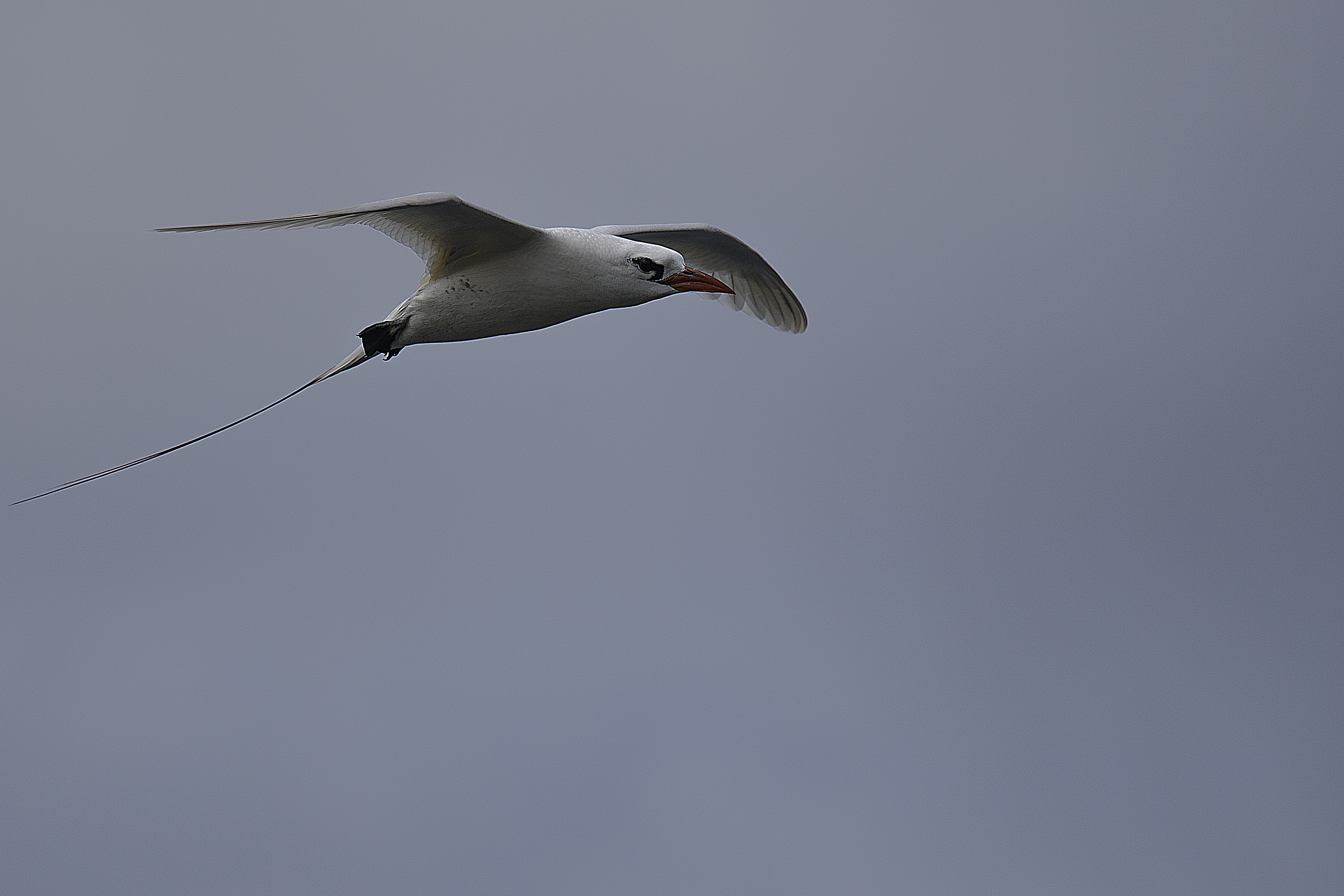
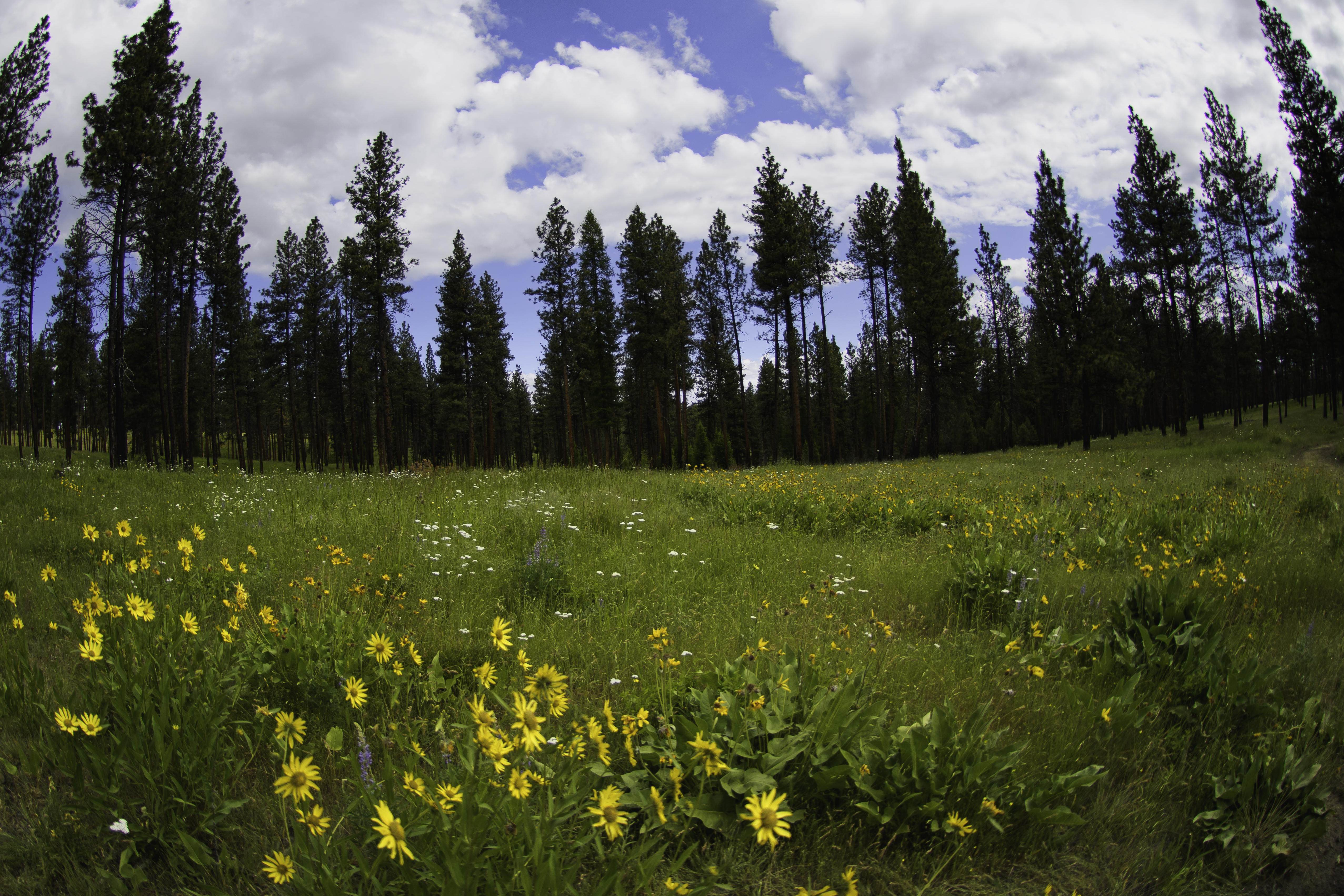
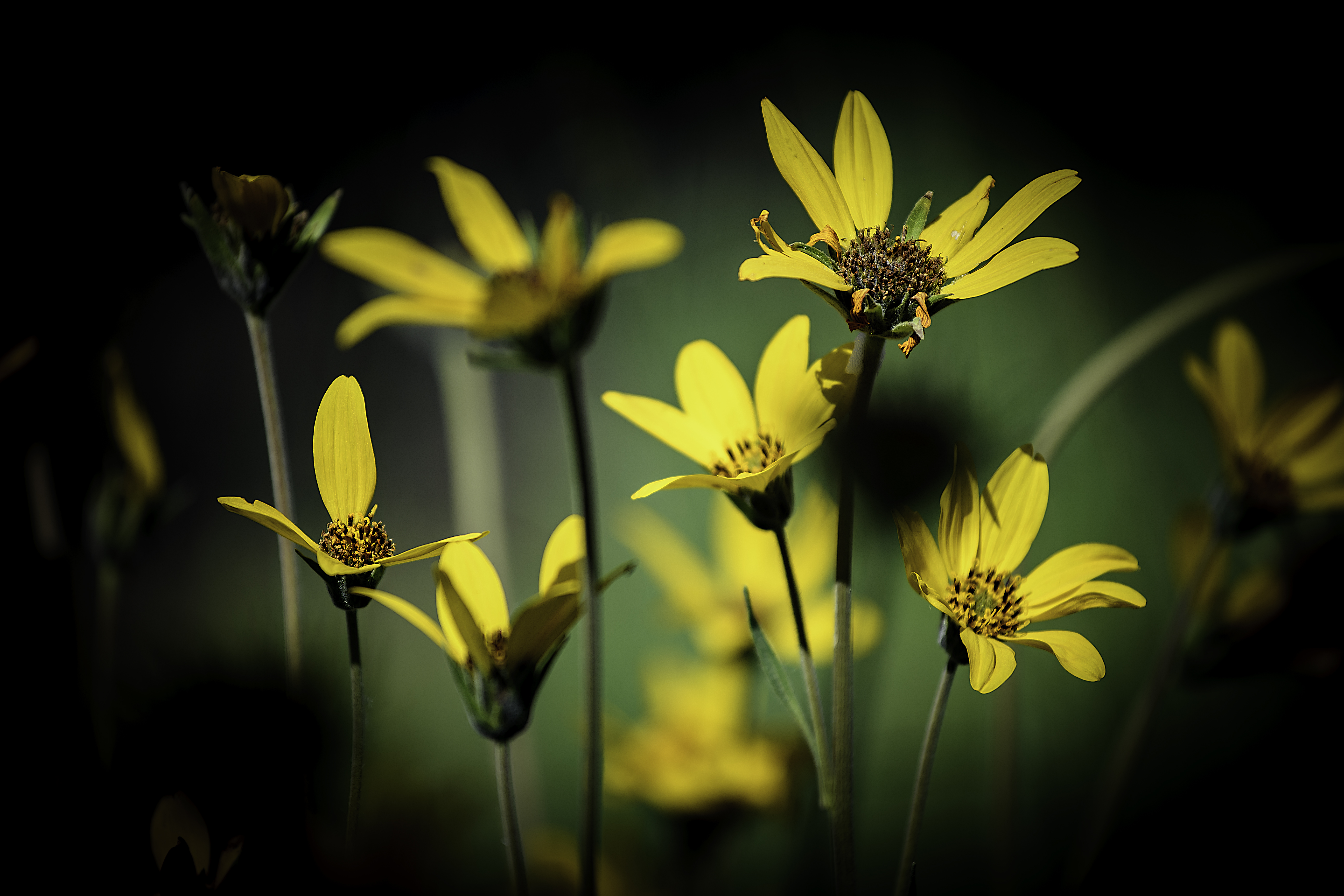 Arrowleaf Balsamroot (Balsamorhiza saggitata)
Arrowleaf Balsamroot (Balsamorhiza saggitata) Yarrow (Achillea millefolium)
Yarrow (Achillea millefolium) Silky Blue Lupine (Lupinus sericeus)
Silky Blue Lupine (Lupinus sericeus)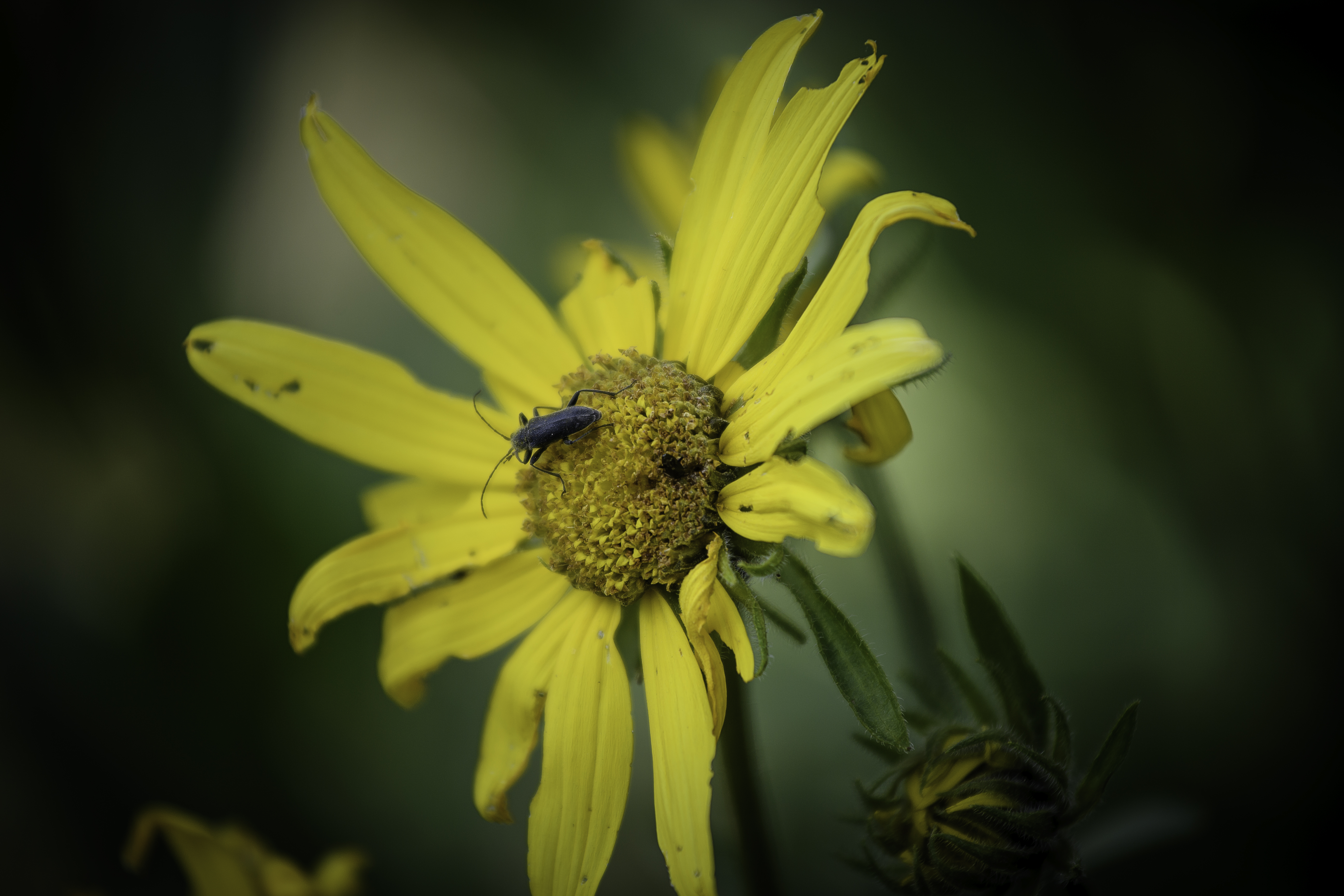 Yellow Mule’s Ear (Wyethia amplexicaulis)
Yellow Mule’s Ear (Wyethia amplexicaulis) Yellow Lupine (Lupinus sulphureus)
Yellow Lupine (Lupinus sulphureus)


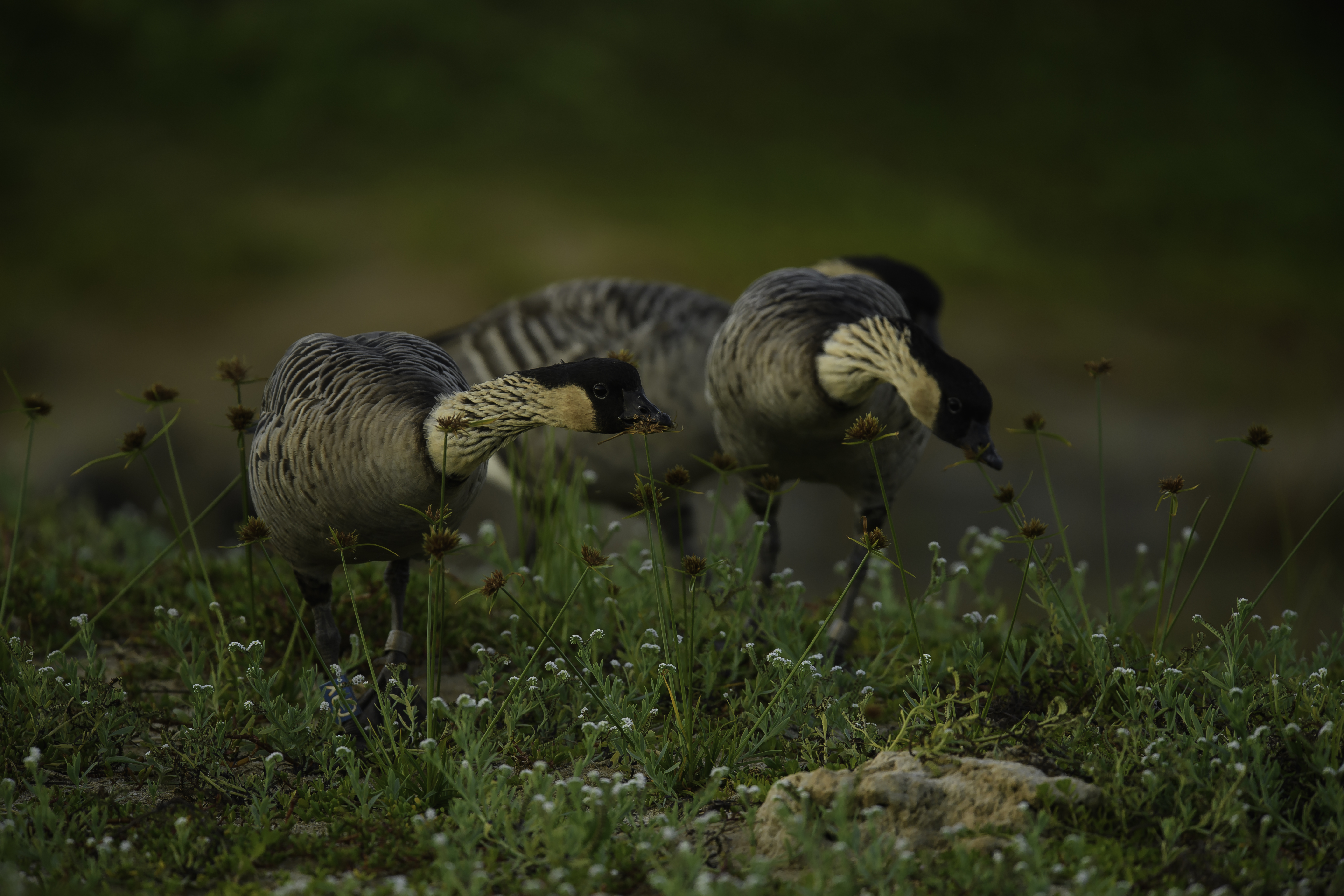

 Female Ae’o, identified by brown back
Female Ae’o, identified by brown back Male Ae’o, identified by black back
Male Ae’o, identified by black back Female Ae’o
Female Ae’o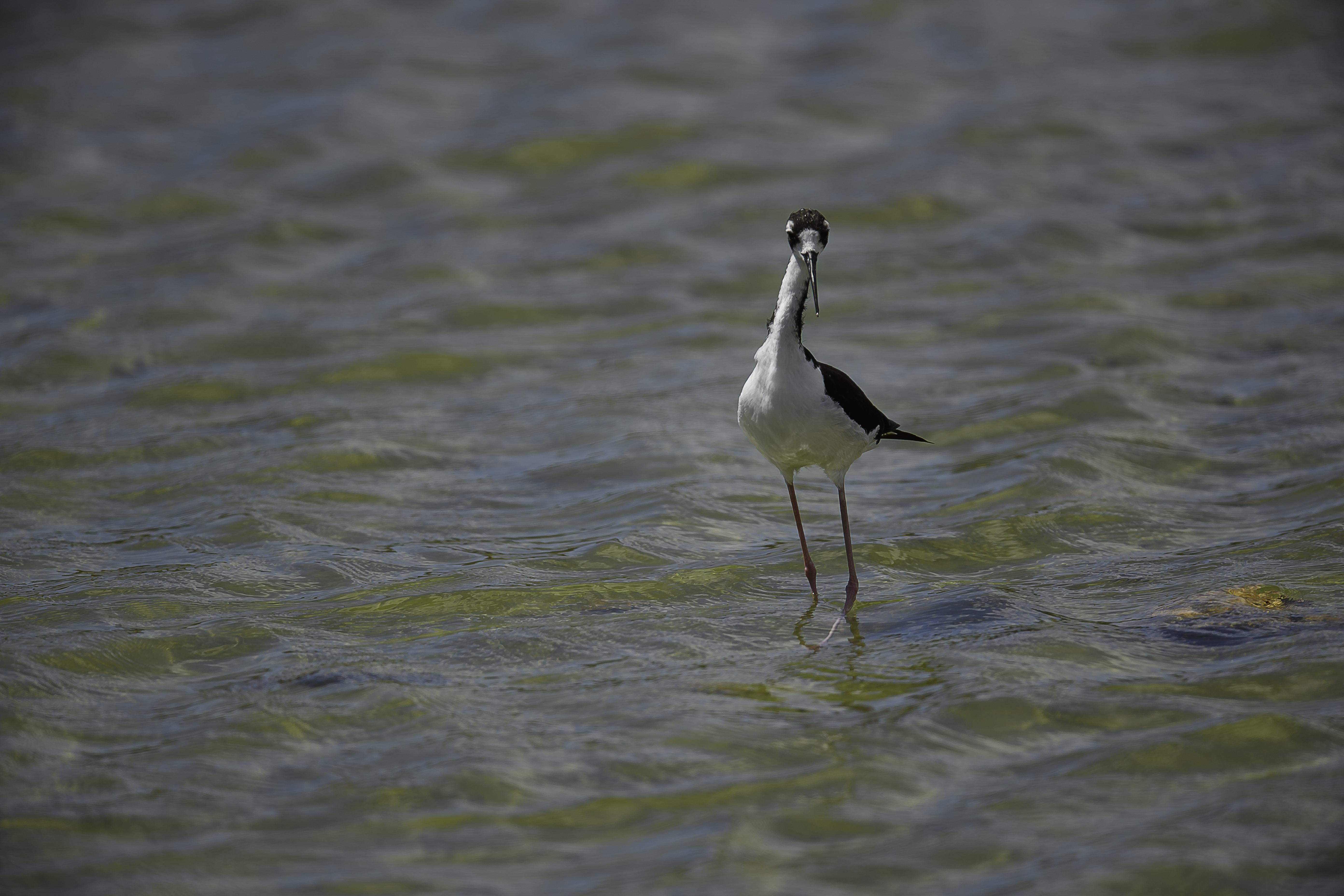 While we watched them, the Ae’os spent most of the time wading and probing and watching for invertebrates under the water. The Ae’o above sees something to investigate in the water.
While we watched them, the Ae’os spent most of the time wading and probing and watching for invertebrates under the water. The Ae’o above sees something to investigate in the water.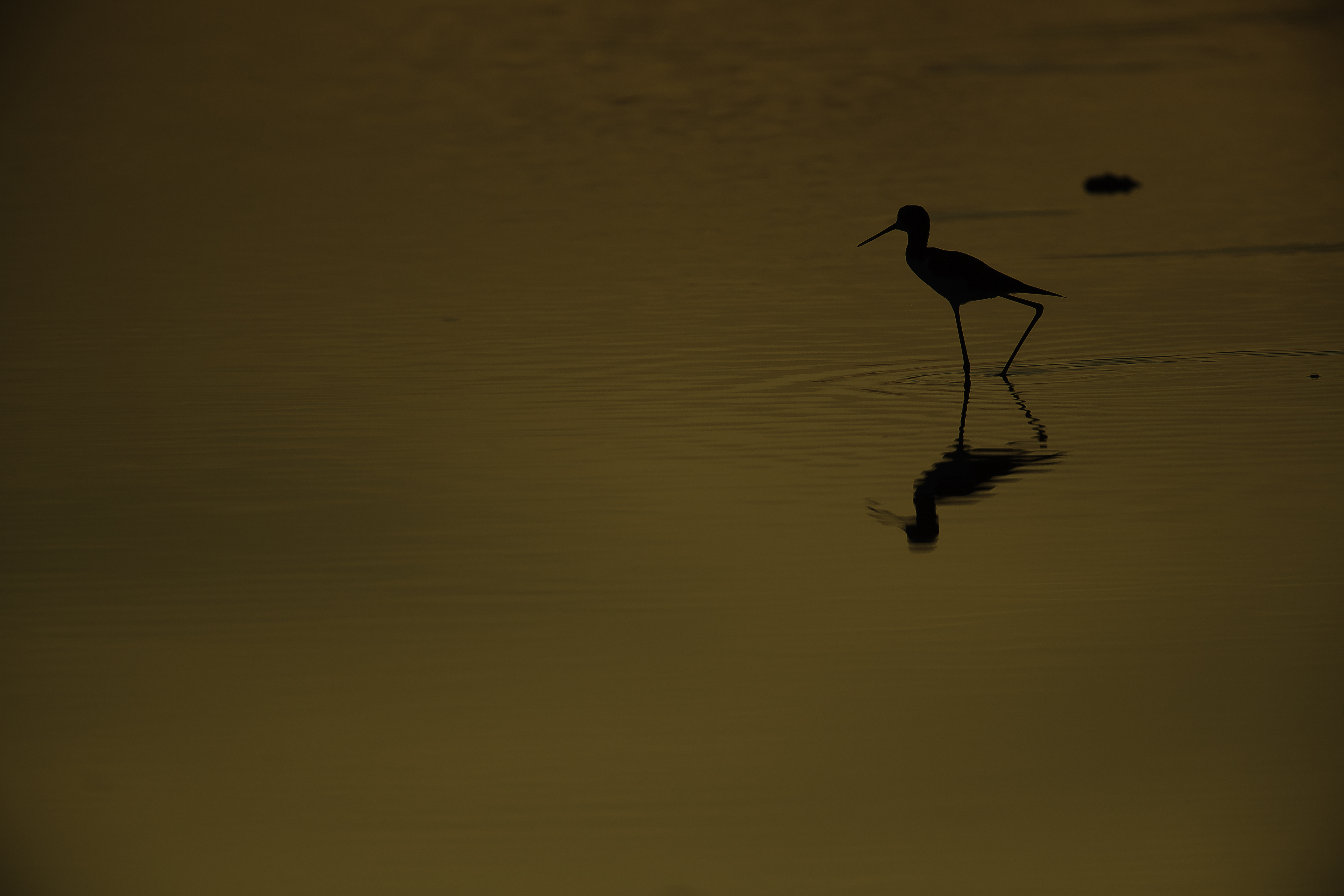
 Male Frigatebird
Male Frigatebird Juvenile Frigatebird
Juvenile Frigatebird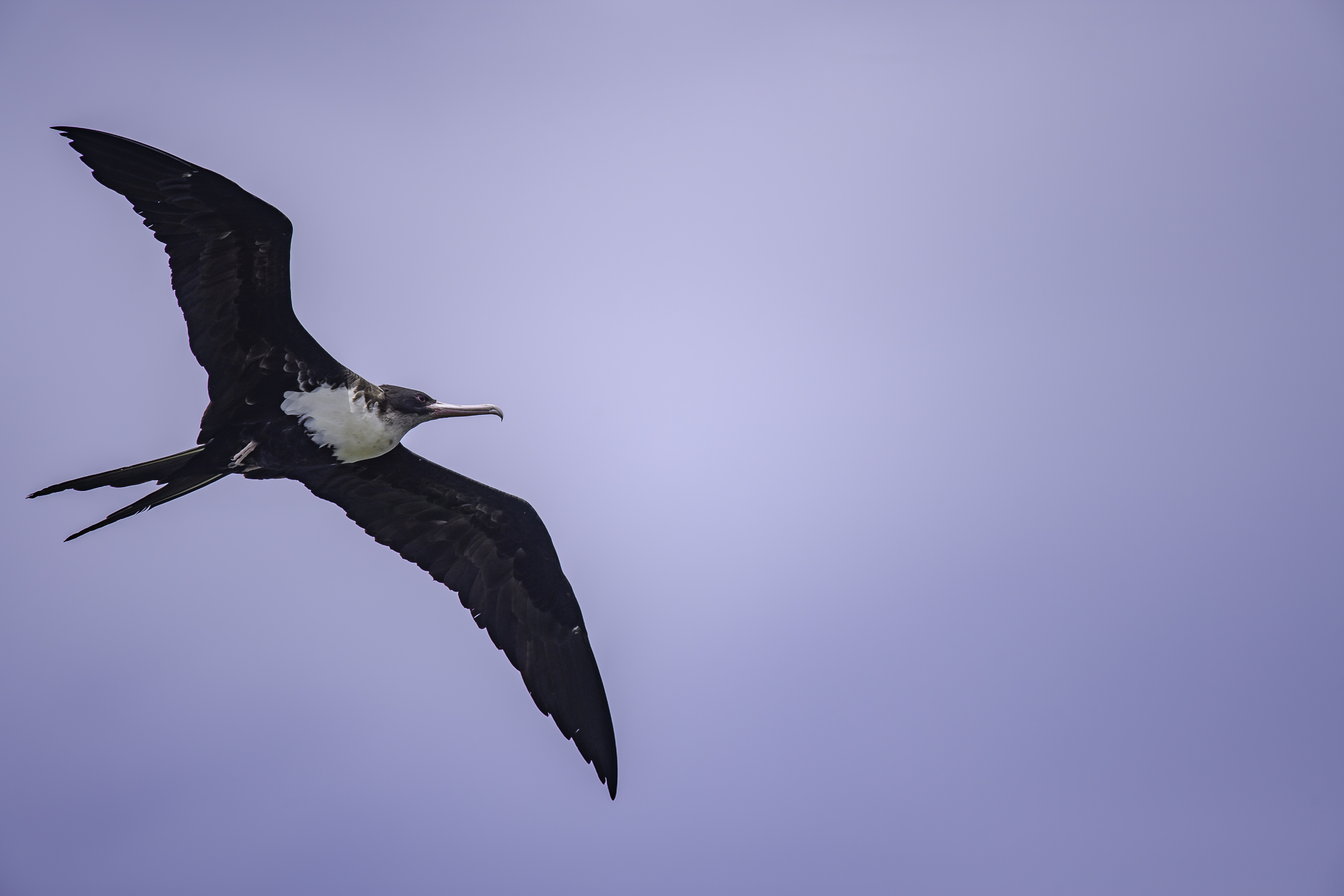 Female Frigatebird
Female Frigatebird